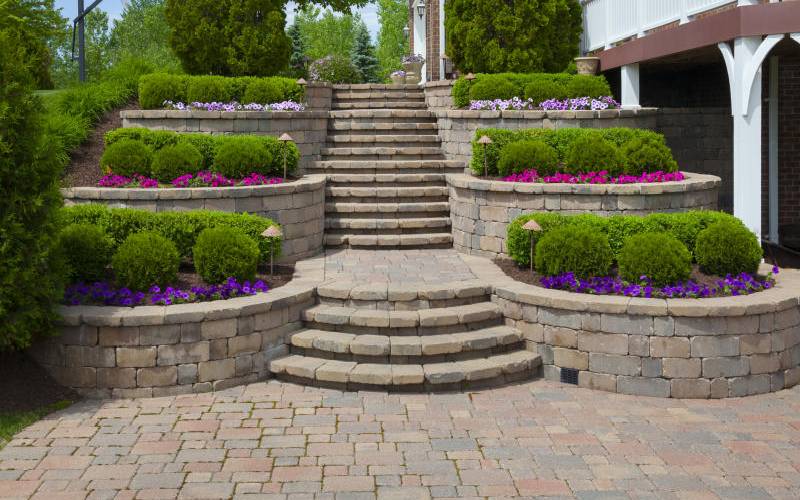×
The Standard e-Paper
Read Offline Anywhere

Across the globe, companies are increasingly embracing Environmental, Social and Corporate Governance (ESG) in line with the 2030 Agenda for Sustainable Development. This move could not have come at a better time. The theme for World Environment Day 2021 was ‘Ecosystem Restoration’ during which the UN Decade on Ecosystem Restoration was also launched.